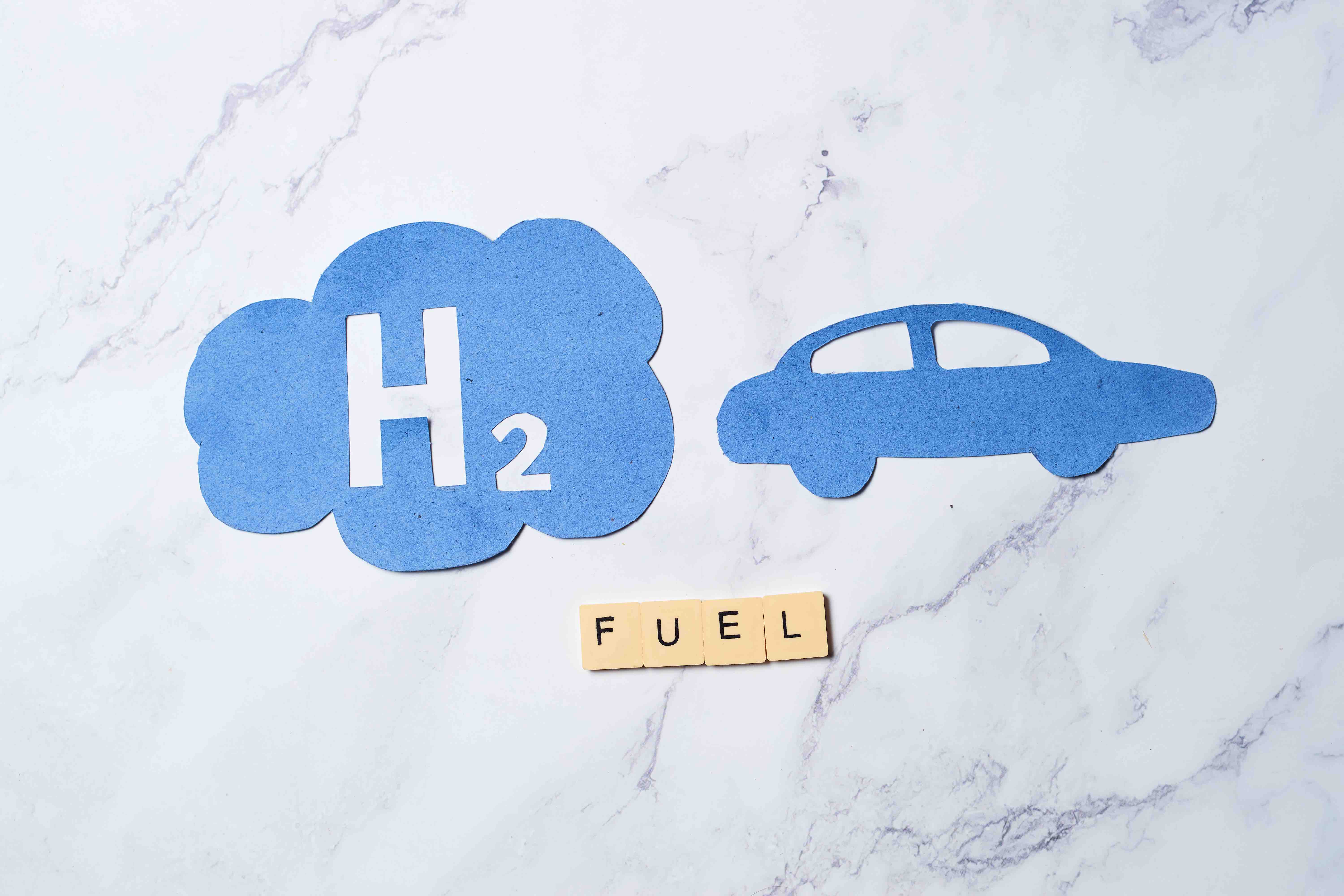
The world is made up of many different elements, and each one plays an important part in the whole. Hydrogen, nitrogen, and oxygen are the three elements that make up the vast majority of the universe’s mass. Hydrogen is the most common component in the universe, making about 75% of its total mass, and it plays a significant part in ensuring that life can continue to exist. Hydrogen, in addition to being essential to the survival of a wide variety of other living things, may also be used to produce energy.
Production
To generate hydrogen, the initial step involves separating it from the other elements present in the molecules where it is typically found. Hydrogen, a valuable fuel, can be produced from diverse sources and through various techniques. Electrolysis, which employs electricity to split water, and steam-methane reforming are commonly used methods to produce hydrogen.
Costlier than the EU creates in a year
The manufacture of hydrogen may also be accomplished via an alternate method known as dedicated electrical generation, which can be accomplished through the use of renewable or nuclear power.
As renewable energy costs decline, especially solar-PV and wind, interest in electrolyte water rises. Several demonstration projects were completed recently. If all the water used today were used to generate electricity, it would need 3.600 TWh, exceeding the EU’s annual electricity production.
Environmental impact
Oil and gas companies and governments around the globe are increasingly interested in hydrogen as a means of decarbonization. According to the Hydrogen Council, over 350 new initiatives totaling $500 billion were recently announced.
While the manufacturing of hydrogen can result in the emission of carbon dioxide as a byproduct, the combustion of hydrogen or its usage in a fuel cell does not produce any carbon dioxide emissions. Hydrogen contributes to climate change when it is released into the atmosphere because it increases the amount of other greenhouse gasses such as methane, ozone, and water vapor, which in turn results in indirect warming.
This is quite challenging as hydrogen has a very tiny molecule that is difficult to hold. Throughout the value chain, it is common knowledge that it may readily escape into the atmosphere. The longer it takes to go from the point of production to the final consumer, the higher the risk of some of it escaping.
Advantages
-
It is a non-hazardous chemical that is extremely uncommon as a source of fuel. This indicates that it is safe for both people and the environment, and that it does not pose any threat to the wellbeing of individuals.
-
When compared to diesel or gasoline, hydrogen is a more efficient kind of energy since it is able to deliver a greater amount of usable power from a given quantity of fuel. It may be deduced from this that a vehicle that runs on hydrogen energy will be capable of traveling more distances than a vehicle that runs on the same quantity of gasoline.
-
A fuel cell generates energy from hydrogen and oxygen, which may power automobiles, run electric motors, and heat homes. Hydrogen is a good energy transporter since it only produces water and heat when combined with oxygen. Hydrogen fuel cells produced from sustainable sources like water or solar energy do not generate greenhouse gasses or other pollutants.
Using of hydrogen
Hydrogen fuel cell automobiles’ competitiveness depends on fuel cell prices and refueling stations, whereas trucks prioritize hydrogen delivery price. Hydrogen-based fuels might be used in shipping and aircraft.
Hydrogen might be mixed with natural gas networks in multifamily and commercial buildings, especially in congested cities, and used directly in hydrogen boilers or fuel cells in the future.
Hydrogen is a prominent renewable energy storage alternative, and gas turbines may employ hydrogen and ammonia to boost power system flexibility. Ammonia might cut coal-fired power station emissions.
Both the number of nations and the variety of industries that are being targeted by policies that explicitly encourage financial investment in hydrogen-based technology are on the rise.
There are around fifty objectives, requirements, and policy incentives that directly promote hydrogen that are currently in existence, with the bulk of them focusing on transportation.
In recent years, there has been a rise in the amount of money spent by national governments on research, development, and demonstration of hydrogen energy.
Hydrogen can become an integral component of our infrastructure. The possibilities are limitless, ranging from tankable energy sources for vehicles, ships, and aircraft to heating public buildings.
The tremendous digitization potential of all involved actors must be utilized more intensively in the future in order to establish a comprehensive and significant benchmark for CO2 neutrality.




